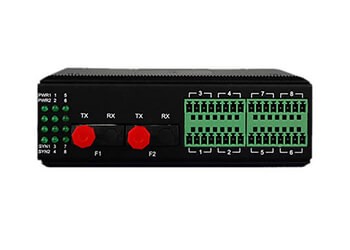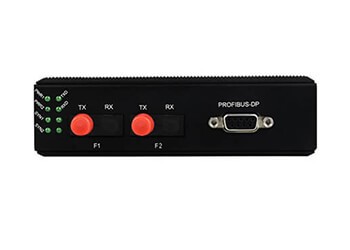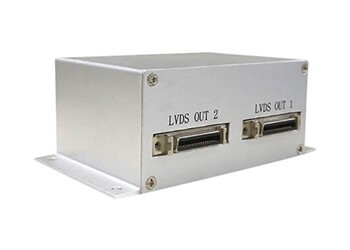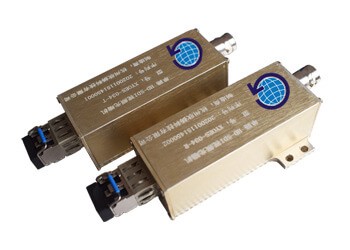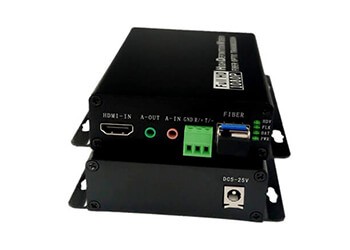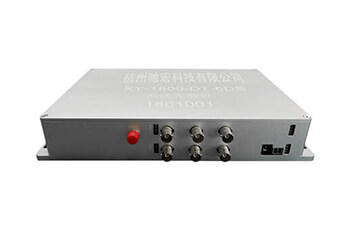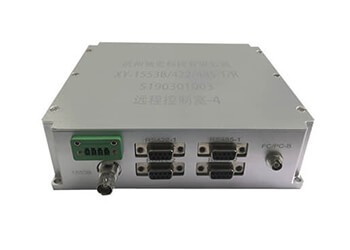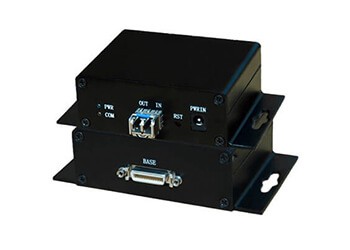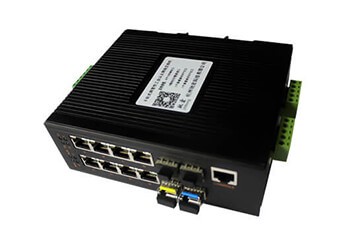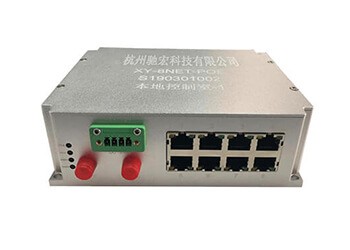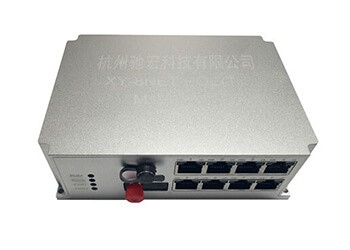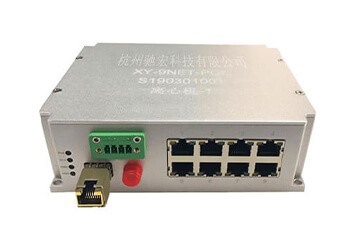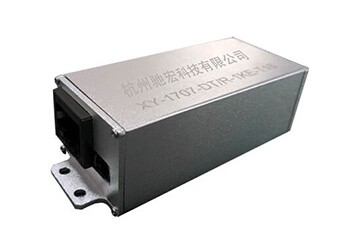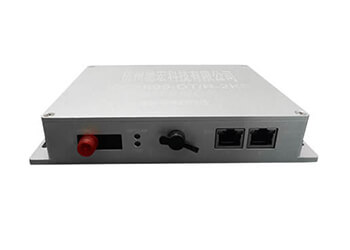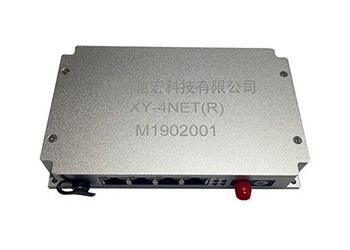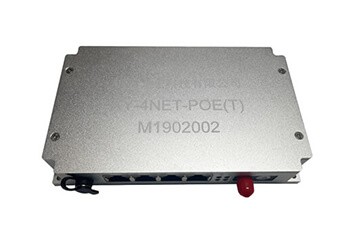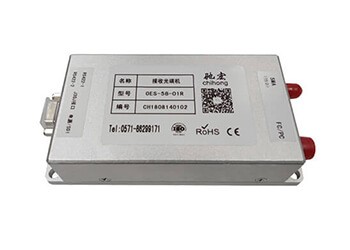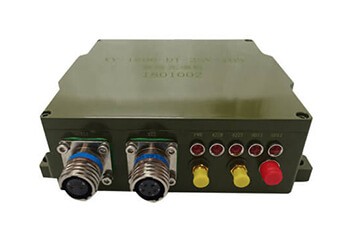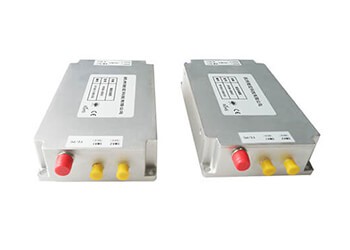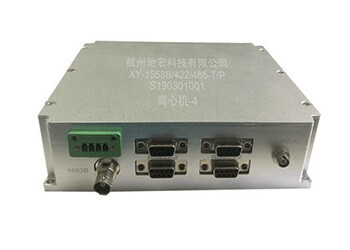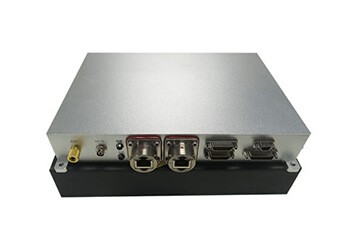Basics of Optical Transmitters and Receivers
Besides the slip ring business, Hangzhou Grand Technology also has other products. Optical transmitters and receivers are essential components of optical communication systems, such as fiber-optic networks. They work together to transmit and receive data in the form of optical signals, which can travel over long distances without significant loss of signal quality.
When an optical signal is transmitted, it travels through an optical fiber or free space and is received by the optical receiver. The receiver then converts the optical signal into an electrical signal, which is processed by the receiving device. The quality of the optical signal is affected by factors such as attenuation, dispersion, and noise, so it is important to use high-quality components and proper signal conditioning to ensure reliable transmission and reception of the data.
Optical Signal Transmitter and Receiver All Products We Have
GRAND technology starts the optical transmitter and receiver business with military applications. Four types are available, control optical transceiver, video optical transceiver, Ethernet optical transceiver, and combined optical transceiver. One R&D team for fully custom requests.
Control Optical Transmitter and Receiver
The Control Optical Transmitter and Receiver category consists of devices used for transmitting and receiving control signals over optical fibers. Convert ProfiBus data into an optical signal, then convert the optical signal into ProfiBus data with no loss.
Video Optical Transmitter and Receiver
Video Optical Transmitter and Receiver category is designed for transmitting and receiving video signals. SDI video transmission through single-mode fiber without compression.
Ethernet Optical Transmitter and Receiver
The Ethernet Optical Transmitter and Receiver category includes devices that transmit and receive Ethernet signals over optical fibers.10/100/1000 Base-T auto adaptive industrial optical transceiver, exchange ethernet data, convergence, and long-distance transmission of optical.

Combined Optical Transmitter and Receiver
The combined Optical Transmitter and Receiver category refers to devices that are capable of transmitting and receiving multiple types of signals, such as control, video, and Ethernet signals, over optical fibers. Accept fully custom, multiple combinations like 3GSDI, RS422, RS485, and 1553B.
Optical Transmitter and Receiver Features
An optical transmitter is a device that converts an electrical signal into an optical signal. It consists of a light source, a modulator, and a driver circuit. The light source is typically a semiconductor laser, which emits light at a specific wavelength. The modulator is used to encode the electrical signal onto the light beam, usually by varying the intensity or phase of the laser light. The driver circuit controls the modulator, and it is used to amplify and shape the electrical signal before it is sent to the modulator.
Optical Transmitter Features:
- Wavelength: The wavelength of an optical transmitter is a critical factor that determines the type of fiber it can be used with. Common wavelengths include 850nm, 1310nm, and 1550nm.
- Power Output: The power output of an optical transmitter is measured in dBm and is an important factor in determining the distance over which data can be transmitted.
- Modulation: The modulation scheme used by an optical transmitter determines the data rate and the format of the data being transmitted. Common modulation schemes include amplitude modulation (AM), frequency modulation (FM), and phase modulation (PM).
- Connector Type: The connector type of an optical transmitter is important for compatibility with the fiber optic cables and other equipment in the network. Common connector types include ST, SC, and LC.
An optical receiver is a device that converts an optical signal into an electrical signal. It consists of a photodetector, an amplifier, and a signal-processing circuit. The photodetector is typically a semiconductor device that converts incoming light into an electrical current. The amplifier is used to amplify the electrical signal generated by the photodetector, and the signal processing circuit is used to filter, amplify, and reshape the electrical signal before it is sent to the receiving device.
Optical Receiver Features:
- Sensitivity: The sensitivity of an optical receiver is a measure of its ability to detect low levels of optical power. It is measured in dBm and is an important factor in determining the maximum distance over which data can be received.
- Wavelength Range: The wavelength range of an optical receiver determines the types of signals it can receive. Common wavelength ranges include 800nm to 1700nm.
- Noise Figure: The noise figure of an optical receiver is a measure of the amount of noise that is introduced into the signal as it is amplified. It is expressed in dB and is an important factor in determining the signal-to-noise ratio (SNR) of the received signal.
- Connector Type: The connector type of an optical receiver is important for compatibility with the fiber optic cables and other equipment in the network. Common connector types include ST, SC, and LC.
Frequently Asked Questions
Do You Support Fully Custom?
Yes, fully custom. Small batch customization is perfect.
What Are Optical Transmitters and Receivers?
Optical transmitters and receivers are electronic devices used in fiber optic communication systems.
An optical transmitter is responsible for converting an electrical signal into an optical signal that can be transmitted over a fiber optic cable. This is accomplished by using a semiconductor laser or light-emitting diode (LED) to emit light at a specific wavelength that corresponds to the frequency of the electrical signal. The light is then launched into a fiber optic cable for transmission.
An optical receiver is responsible for converting the optical signal back into an electrical signal at the receiving end of the fiber optic cable. This is accomplished by using a photodiode, which converts the incoming light into an electrical current that can be amplified and processed to recover the original electrical signal. The receiver also typically includes additional circuitry to improve the signal-to-noise ratio and compensate for any distortion or attenuation that occurred during transmission.
Optical transmitters and receivers are critical components of modern fiber optic communication systems, which are used in a wide range of applications including telecommunications, data networking, and industrial automation.
What Are a Digital Optical Transmitter and Receiver?
Digital optical transmitter and receiver is a high-resolution digitalization of multiple analog baseband audio and video and control information signals to form a high-speed digital stream, and then the multiple digital streams are multiplexed and transmitted through the optical transceiver. The optical signal emitted by the digital optical transceiver is a digital signal. The receiving optical transceiver at the other end receives and demultiplexes, recovers each digital signal, obtains analog audio and video data, and controls information through digital-to-analog conversion.
What is the Function of an Optical Transmitter?
The optical transmitter is a critical component in fiber optic communication systems, as it serves to convert electrical signals into optical signals, enabling information to be transmitted over long distances with high speed and reliability. The function of an optical transmitter is to convert an electrical signal into an optical signal that can be transmitted over a fiber optic cable. This is accomplished by using a semiconductor laser or a light-emitting diode (LED) to emit light at a specific wavelength that corresponds to the frequency of the electrical signal.
The optical transmitter generates a light signal that carries the information to be transmitted. The light signal is then launched into a fiber optic cable for transmission over long distances. The strength and quality of the optical signal produced by the transmitter are important factors that determine the distance the signal can travel without significant degradation.
Which is the Most Commonly Used Optical Transmitter?
The most commonly used optical transmitter in fiber optic communication systems is the semiconductor laser. Semiconductor lasers, also known as diode lasers, are widely used because they can produce a very narrow, intense beam of light with high efficiency, making them ideal for transmitting signals over long distances.
Semiconductor lasers are made of specially designed semiconductor material that emits light when an electric current is passed through it. The wavelength of the emitted light can be precisely controlled by adjusting the properties of the semiconductor material, making it possible to produce laser light in a range of wavelengths that are suitable for fiber optic communication.
Other types of optical transmitters, such as light-emitting diodes (LEDs) and vertical-cavity surface-emitting lasers (VCSELs), are also used in some applications, but semiconductor lasers are the most widely used optical transmitters in fiber optic communication systems due to their high efficiency, reliability, and compatibility with standard fiber optic cables.
What is the Interface for the Optical Transmitter and Receiver?
Usually are the BNC interface, fiber optic interface, RJ-45 interface, RJ-232 interface, and RJ-11 interface.
What Type of Fiber Optic Will Be in Security Applications?
In security monitoring, the optical cables are usually laid by users, generally G652 single-mode fiber.


